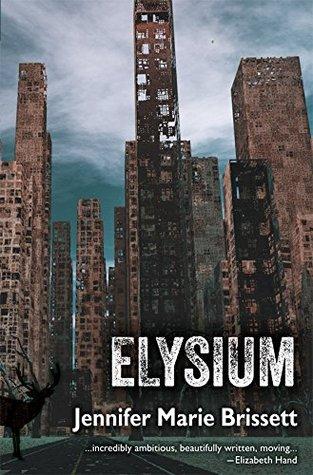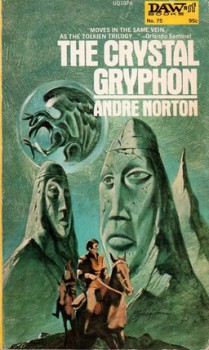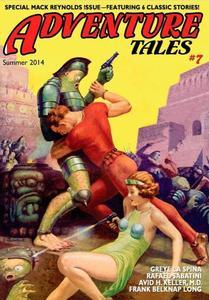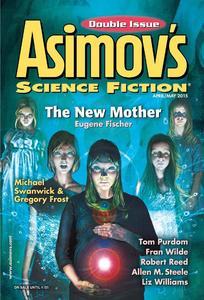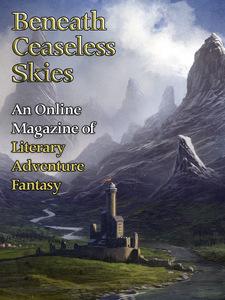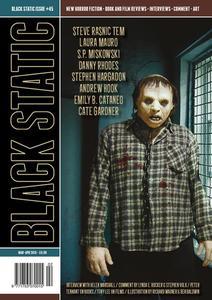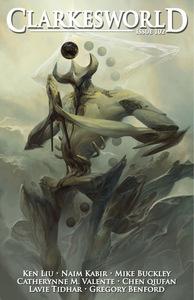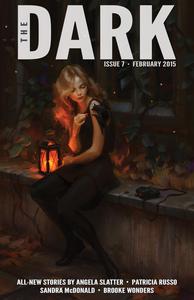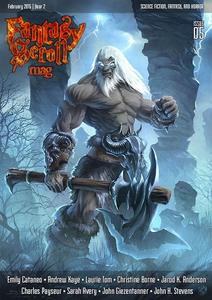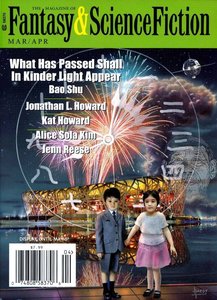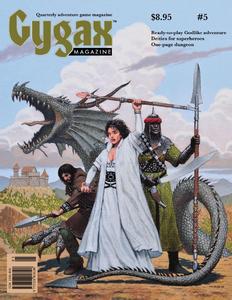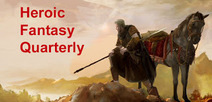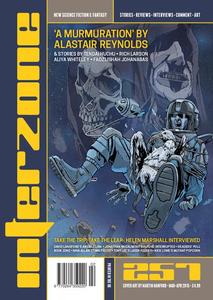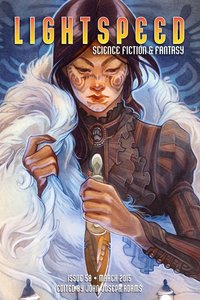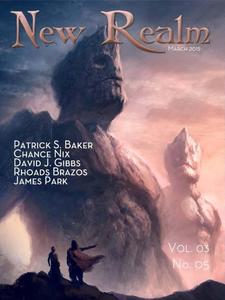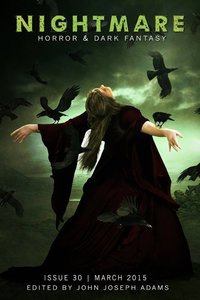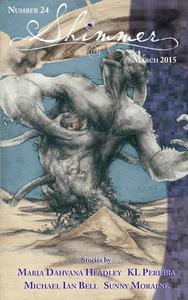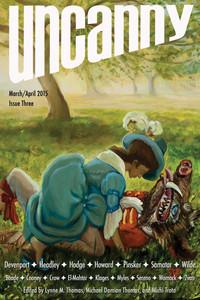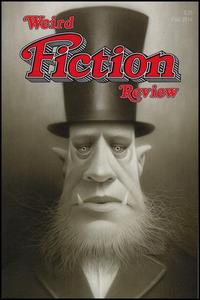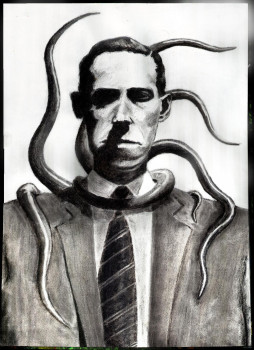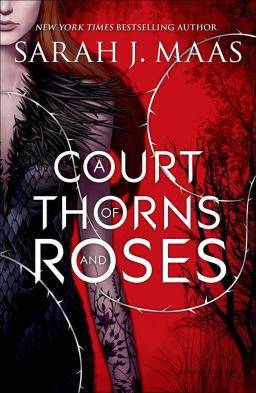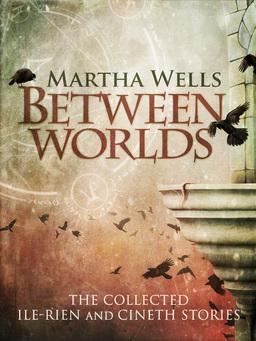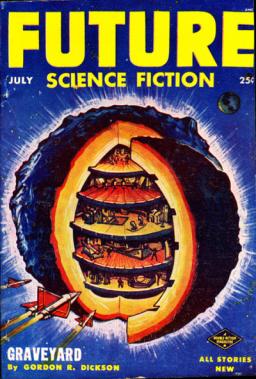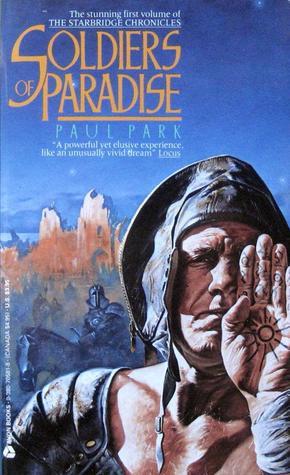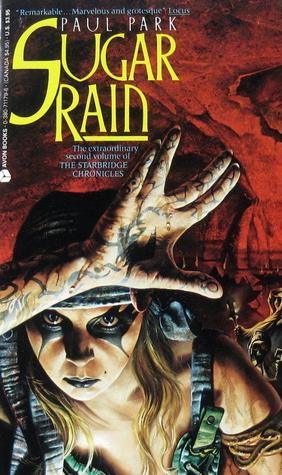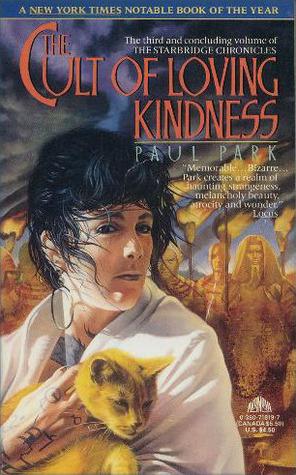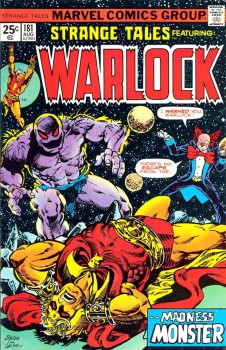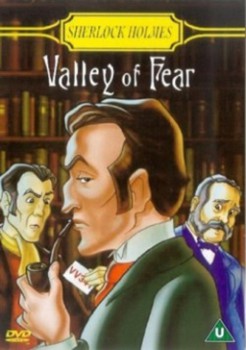 As famous a (costumed) character as Sherlock Holmes is, it is no surprise that he has lent himself to animation. Of course, you’ve seen images of Daffy Duck, Snoopy and Mickey Mouse, among many others, imitating Holmes: usually with an oversized magnifying glass.
As famous a (costumed) character as Sherlock Holmes is, it is no surprise that he has lent himself to animation. Of course, you’ve seen images of Daffy Duck, Snoopy and Mickey Mouse, among many others, imitating Holmes: usually with an oversized magnifying glass.
Actual Holmes characters can be found in such animated efforts as Sherlock Holmes in the 22nd Century (Watson is a robot) and Tom and Jerry Meet Sherlock Holmes. Of course, Disney’s The Great Mouse Detective features Basil of Baker Street, an excellent, if tiny, Holmes.
In 1983, Burbank Films produced forty-five minute animated versions of Doyle’s four Holmes novellas: A Study in Scarlet, The Sign of Four, The Hound of the Baskervilles and The Valley of Fear. To voice the great detective for the television movies, they tapped eight-time Academy Award nominee Peter O’Toole (he did receive an Honorary Award in 2003).
O’Toole, who passed away in 2013, had a long, successful career in films, was best known for his sweeping performance in Lawrence of Arabia.
He was a solid, if not inspired, choice for these four productions. O’Toole’s manner and delivery, while rather flat, fits the animated Holmes well. An antic, Jeremy Brett portrayal wouldn’t have worked as well. I can see how some folks don’t like O’Toole’s almost constant monotone. But for me, it works here.
It’s Elementary – Billy Wilder envisioned a Holmes/Watson pairing of O’Toole and Peter Sellers for his The Private Life of Sherlock Holmes, but could not pull it off.
…
Read More Read More

